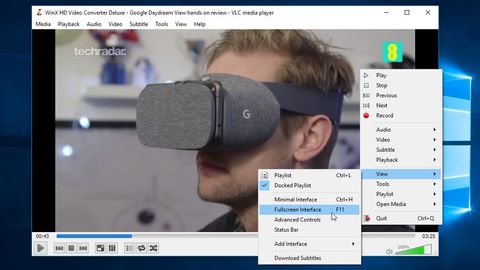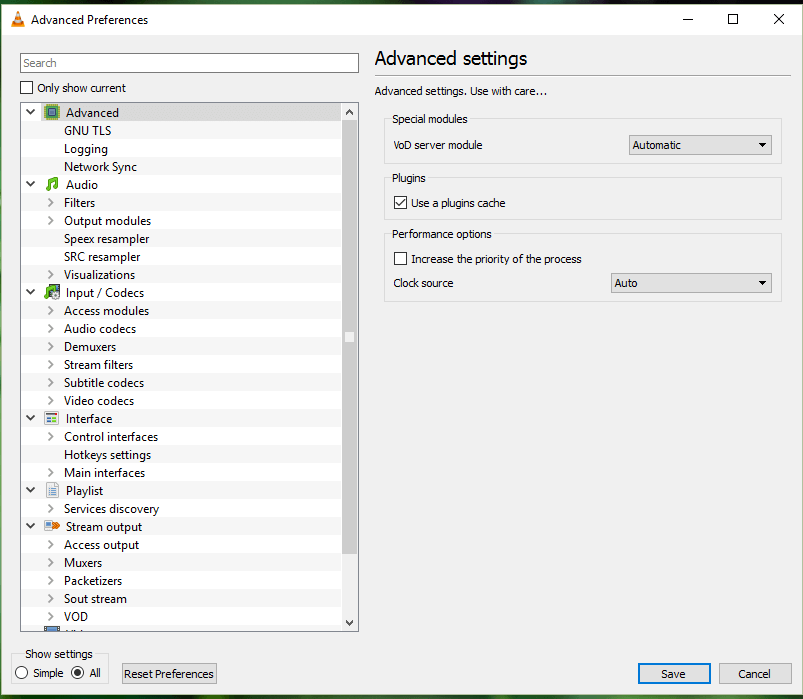

- #Vlc volume scroll max how to#
- #Vlc volume scroll max Bluetooth#
- #Vlc volume scroll max download#
The best part is that this is done at the system-level, and doesn’t require you to download another app. ConclusionĪpple has done a lot of work to give users, and parents, more control over iPhone’s and iPad’s.

If you continue to have problems, then trying out the aforementioned app may be the best bet for the time being. The app is called Volume Limit Control, and is advertised as a “Parental volume controller.” There are mixed reviews, and while the app itself is free, there is an in-app purchase to remove any additional limitations. However, there is one third-party app that seems to help fix any additional issues.
Triple-click the Home Button and enter the previously-created, Guided Access passcodeĪt the time of this writing, there is not much else that you can do if the above steps don’t work. Double-click the home button to unlock using Touch ID (if enabled). Triple-click the Side Button, and then enter the previously-created Guided Access passcode. Double-click the Side Button and unlock with Face ID (if enabled). Here’s what you will need to do in order to end the session: It’s unlikely that you will want to keep using Guided Access for yourself after your kids are done watching videos. Tap Options in the bottom left-hand corner. You can drag and re-size the “mask” to make sure that the correct areas are disabled. Circle the areas that you wish to disable, if applicable. Triple-click the Home or Side Button on your device. Now that Guided Access has been set up, including the Accessibility Shortcut to enable it, you’ll need to actually activate it. For those who are on older iPhone’s and iPad’s with the Home Button, triple-click the Home Button instead of the Side Button. When enabling the Accessibility Shortcut, you will be able to quickly enable Guided Access by triple-clicking the Side Button. There is a toggle under Time Limits that you will need to turn on before moving forward. Once the passcode has been entered, the Guided Access session will end.īefore leaving this settings panel, you will want to make sure that you can use this with the Accessibility Shortcut. From the Guided Access settings, tap Passcode Settingsįrom here, you are also provided with the ability to turn on either Face ID or Touch ID. This will pop up a notification when something behind Guided Access is trying to be changed and you need to override it. Toggle Guided Access to the On positionĪfter turning Guided Access on, you will want to set up a passcode that is different from your normal passcode. Set up Guided Accessīefore getting started, you will need to ensure that Guided Access is enabled and set up properly. Here’s what you can do to limit volume controls for the built-in speakers. Take advantage of Guided Accessįor those instances, you’ll need to take a deeper dive into Guided Access which is found under Accessibility. 
The other “problem” that you may face comes when your children are using the device’s built-in speakers.
While it’s great to be able to restrict the volume of media playback from headphones and Bluetooth speakers, that doesn’t solve everything. If everything is correctly set up, you should not run into any more issues with volume levels with headphones or Bluetooth speakers.
Restart your device and verify that the setting is enabled. Toggle this to the On position and tap Volume Limit. Now that a Volume Limit has been set, you will need to make sure that you restrict volume control completely. Open the Settings app on your iPhone or iPad. Especially if it’s just for an app like Apple Music, as you can just head into the Settings app and adjust everything. The process for restricting volume controls itself, is pretty easy. How to restrict volume controls from headphones or Bluetooth speakers How to restrict volume controls from headphones or Bluetooth speakers.







 0 kommentar(er)
0 kommentar(er)
